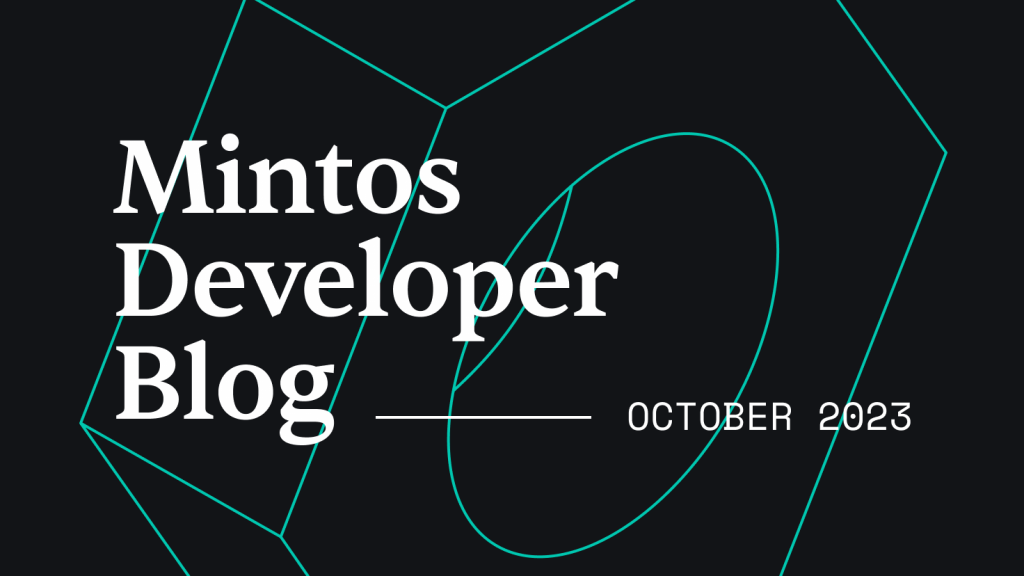Welcome to the October edition of our developer blog. Every month, we share the latest updates on what our developers have been working on at Mintos.
We delve into improvements, feature developments, and share the innovative solutions powering our platform. Our goal is to enable investors to reduce risk and potentially improve returns by spreading their investments between alternative assets like loans as well as tried-and-true asset classes like ETFs.
This month, we spoke to a development team lead, who started at Mintos 7 years ago as a software developer. Recently he’s been spearheading the Fractional Bonds project, leading its integration on Mintos. We walked through how the development team set up the new Fractional Bonds product and the challenges of moving to a multi-asset platform.
The Fractional Bonds setup
The integration of bonds on Mintos required a blueprint – not only for the bonds, but for an overarching system overhaul to ensure user-centricity and accommodation of a new asset class.
The inception of this project can be traced back to a year ago. The development team explored the idea of creating Fractional Bonds, leveraging our existing technology. Shortly after, our lead developers orchestrated a comprehensive project mapping within our system. It was decided that dedicating one team to the Fractional Bonds initiative would streamline the processes and mitigate cross-team dependencies. With a consensus reached, the Fractional Bonds development team immediately started the implementation process.
Introducing fractionalization
The cornerstone of our approach was the adoption of a fractionalization setup. Fractionalization involves dividing an asset into increments smaller than a standard share, making investments in that particular asset more accessible for investors. This mechanism allows investors to diversify their portfolios with asset classes that were previously beyond their financial reach.
Traditionally, bonds have been viewed as a high-entry investment avenue, requiring significant capital, often in the 5-digit range or higher. Fractionalization addresses these barriers by enabling investors to acquire smaller fractions of a bond, thereby broadening access. Our developers adeptly engineered the fractionalization framework on Mintos, leveraging our existing technological infrastructure. The use of previously established technology not only accelerated the project but also maintained the standards of the product.
From single asset to multi-asset
The team needed to move our platform from a loan-only investing platform to a multi-asset platform that included Fractional Bonds. They analyzed how much of the system would be impacted, and if they were capable of creating Fractional Bonds on the existing system, separately from loan-backed Notes. A concern the development team had was breaking something from the original functionality. This was due to the complexity of the existing system and the amount of extension points, both complex technical considerations.
The team evaluated the time required to establish Fractional Bonds on our current system versus constructing a new system. The differences were substantial: it was determined that a separate system would take about a year. The team estimated that they could finalize the Fractional Bonds setup on our existing system within a few months due to numerous technical similarities between Fractional Bonds and loan-backed Notes. These similarities include:
- Purchasing flow: The current system has a purchasing flow mechanism, encompassing the re-use of cart and confirmation views, which can be efficiently utilized for Fractional Bonds just as it has been for loan-backed Notes, facilitating a straightforward buying process for investors.
- Clear display of details about the financial instruments: Both setups utilize separate cards with visible schedules, providing a structured and transparent way to present and track information regarding the respective financial products.
- Secondary market logic: The logic for managing transactions on the Mintos Secondary Market is a common feature required for both setups, enabling the buying and selling of these financial instruments post-issuance.
- Financial instrument creation: The procedural and technical workflows for generating new financial instruments are shared between Fractional Bonds and loan-backed Notes, reflecting a common process that can be leveraged to expedite the setup of Fractional Bonds on the existing system.
Overcoming UI and UX challenges
Mintos’ journey towards hosting multiple assets spotlighted significant UI and UX hurdles. Originally, the platform was tailored for loan-backed Notes, making the inclusion of Fractional Bonds a demanding task. Here’s a dive into the challenges encountered, and the solutions crafted by our development team:
UI expansion
The pre-existing UI wasn’t designed to handle multiple assets. Its complex structure, honed over years and supporting multiple languages, encapsulated our entire website. Accommodating Fractional Bonds alongside loan-backed Notes necessitated a thorough examination and tweaking of system processes to ensure seamless asset differentiation.
UX divergence
The investment timeline for Fractional Bonds, unlike immediate transactions with loan-backed Notes, introduced a unique UX challenge. Investors’ orders for Fractional Bonds enter a holding phase, known as the fund reservation, which can be cancelled until a certain date (commitment date). This required creating a distinct, user-friendly investment journey without compromising the straightforwardness of purchasing loan-backed Notes.
Systematic refinement of the process
The development of a fund reservation mechanism for Fractional Bonds was a meticulous task, ensuring a smooth transition through reservation, commitment, and execution phases. Unlike the direct purchase model for loan-backed Notes, this new system required substantial programming and UI adjustments, extending the development, testing, and refinement timeline.
When an investor opts to invest in Fractional Bonds, they are essentially making a fund reservation rather than an immediate investment. This reservation can be retracted by the investor up until a specified commitment date, which serves as a crucial juncture in this process.
After the commitment date, the funds remain as reserved until the execution date. Once the order is executed, the investor becomes the owner of the instrument, and it begins to accrue interest. The programming for Fractional Bonds required establishing a framework that could seamlessly handle the reservation, commitment date, and execution date phases, ensuring a smooth transition from one stage to the next while keeping the user informed and engaged throughout the process.
Post-project reflection
Following the launch of Fractional Bonds, the team closely monitored everything related to the investments. They also gathered information about how users interact with the new UI, providing insights for potential changes. The most critical point after the project was monitoring to ensure everything was running smoothly and investments were going according to plan.
The development team had a retrospective meeting, as they do after every product launch. They went through how the launch went and talked about how their expectations were different or similar to the results. Lastly, they talked about learning points and how to apply these points to the next project. The development team is always looking back and adjusting forward.
One of our aims is to transform Mintos into a multi-asset platform. The launch of Fractional Bonds is a step in that direction, marking just the beginning of more asset options to come. Keep a lookout for the addition of other asset classes like ETFs, which we’ll be introducing soon, to further diversify our platform’s offerings.

